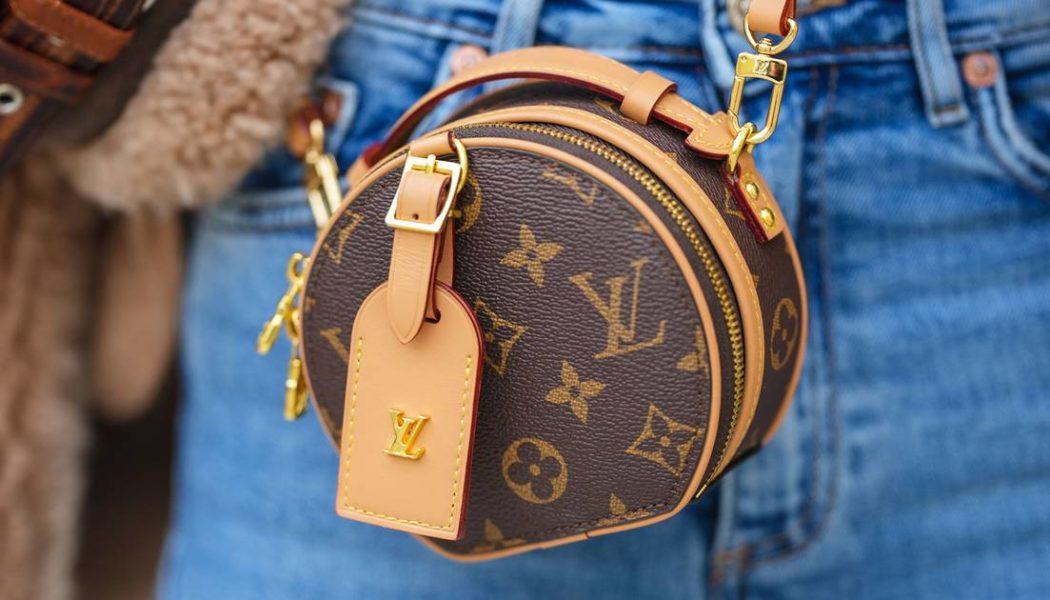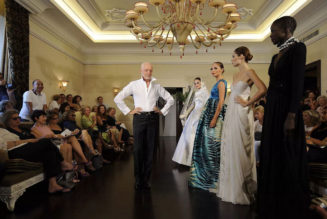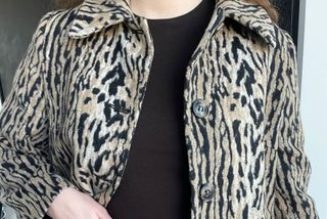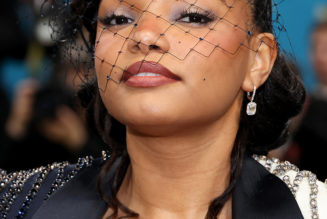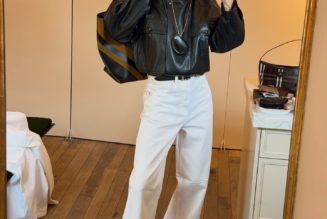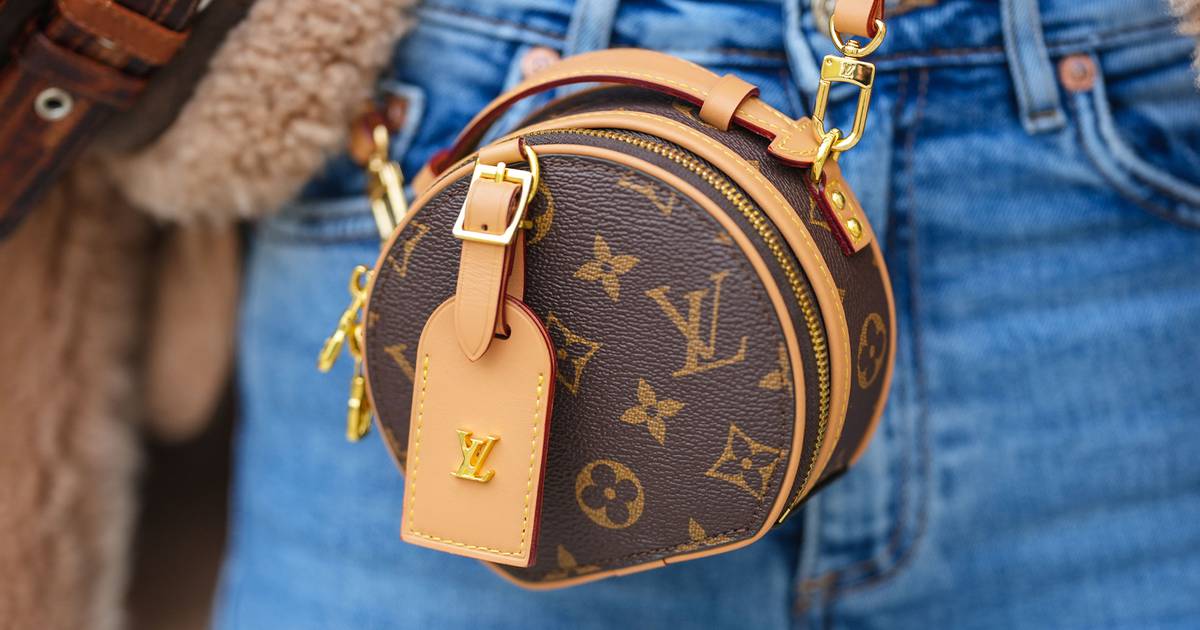
Some investors fear that, after significant post-pandemic revenue growth, luxury’s top megabrands are overexposed. This, they worry, threatens the delicate balancing act at the core of the modern luxury industry, a global business that sells millions of units a year but depends on the perception of exclusivity to cultivate consumer desire.
Calculating ubiquity is trickier than it looks. Consumers perceive a brand to be overexposed when they see its blockbuster styles (typically handbags) too often on the street. Stated differently, a brand’s ubiquity is driven by volume of goods in use at any given time, and not by its revenue nor by the total volume of goods it produces. The difference is subtle, yet critical.
A few key factors drive the ubiquity calculation: (1) wear and tear; (2) price and mix; (3) brand pieces per user; and (4) category pieces per user. Let’s examine these factors one by one.
Diamonds may be forever, but handbags are most certainly not. Most luxury bags have a limited lifespan, after which they are discarded or forgotten at the bottom of a wardrobe. So when we calculate the volume of bags in use, we must remember to deduct for wear and tear.
In recent years, prices for luxury handbags have risen, sometimes sharply. We’ve seen both like-for-like price hikes to existing products and changes to the overall product mix to favour higher average price points. This, too, impacts the volume of bags in use.
Consumers can only use one bag at a time. So as brands sell more pieces to existing customers, turning them from consumers into collectors, they have been able to move more units while keeping them out of circulation. The math is simple: if a customer buys X bags, X-1 pieces will, at any given time, remain in their wardrobes.
This point is true beyond a single brand, of course. The bigger the X — across one or multiple brands — the more handbags will stay out of sight on the street. In other words, the percentage of time a consumer will use a handbag is a function of the number of pieces she owns.
Calculating ubiquity this way leads us to a rather counterintuitive conclusion: ubiquity risk has barely moved over the past 20 years.
Today, there are 2.6 million Louis Vuitton bags (+11 percent vs 2002); 2.0 million Gucci bags (+27 percent vs 2002) and 50,000 Hermès Birkin and Kelly bags (+37 percent vs 2002) on the street.
Hermès’ ubiquity risk has gone up more than Vuitton’s or Gucci’s, but it has by no means risen by the order of magnitude seen in the brand’s sales and profits growth. Meanwhile, Vuitton’s ubiquity risk is up only 11 percent, while the brand revenues have increased tenfold.
In the case of Hermès, the calculation assumes that the number of Birkin and Kelly bags per user have gone from 3 in 2002 to 8 in 2022; that like-for-like price increases have boosted sales by 3 percent and 5 percent, that handbags have remained constant at 75 percent of Hermès leather goods sales; that Birkin and Kelly accounted for 80 percent of handbags sales in 2002 and 70 percent in 2022; that the average life of a Birkin or Kelly handbag is 30 years; that consumers who own a Birkin or a Kelly wear it 25 percent of the time and that the number of Birkin and Kelly bags in existence in 2002 was 10 times the number produced that year.
Meanwhile, the Vuitton calculation assumes that the number of bags per user has gone from 2 in 2002 to 4 in 2022; that price and mix have boosted sales between 6 percent and 8 percent over 20 years; that handbags as a percent of overall sales have fallen by 10 percent (given the rise of other categories, like shoes and apparel); that the average life of a Vuitton bag has stayed constant at 16 years; that consumers wear their Vuitton bags 20 percent of the time and that, similarly, in 2002, the number of Vuitton bags in existence was 10 times the number produced that year.
It’s no wonder luxury goods giants are not that keen on the rise of resale platforms. There is profound business logic underpinning their hesitation: the digitisation of the second-hand market threatens to reduce the number of luxury goods a typical consumer owns, as they monetise the items sitting idle in their wardrobes, selling them to others and increasing the likelihood that more of these products end up out on the street at any given time.
What’s more, the secondary market is even more skewed than the primary market towards a handful of megabrands, so it’s these brands that face the biggest ubiquity risk.
Luca Solca is head of luxury goods research at Bernstein.
